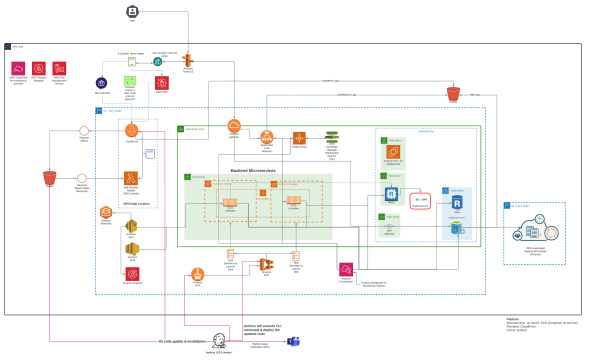Download the case study
TagB: A scalable parking and valet management system
Category: Automobile/SaaS
Services: Managed Engineering Teams, Resilience, Fault Tolerance, Data Recovery Planning and Implementation, Cloud Architecture Design, and Review
Category: Automobile/SaaS
Services: Managed Engineering Teams, Resilience, Fault Tolerance, Data Recovery Planning and Implementation, Cloud Architecture Design, and Review

TagB specializes in parking management, offering parking facilities, revenue management, enforcement, and consulting services. The company aimed to create a scalable solution for maintaining a full parking and valet management system for multiple vendors, focusing on multi-tenancy, security, database, and infrastructure as code.
